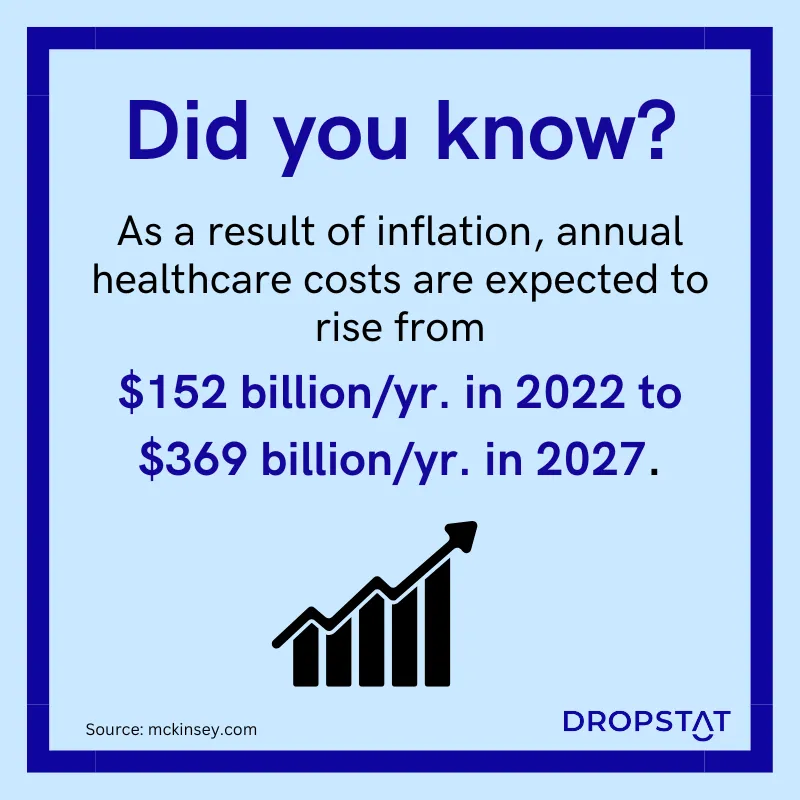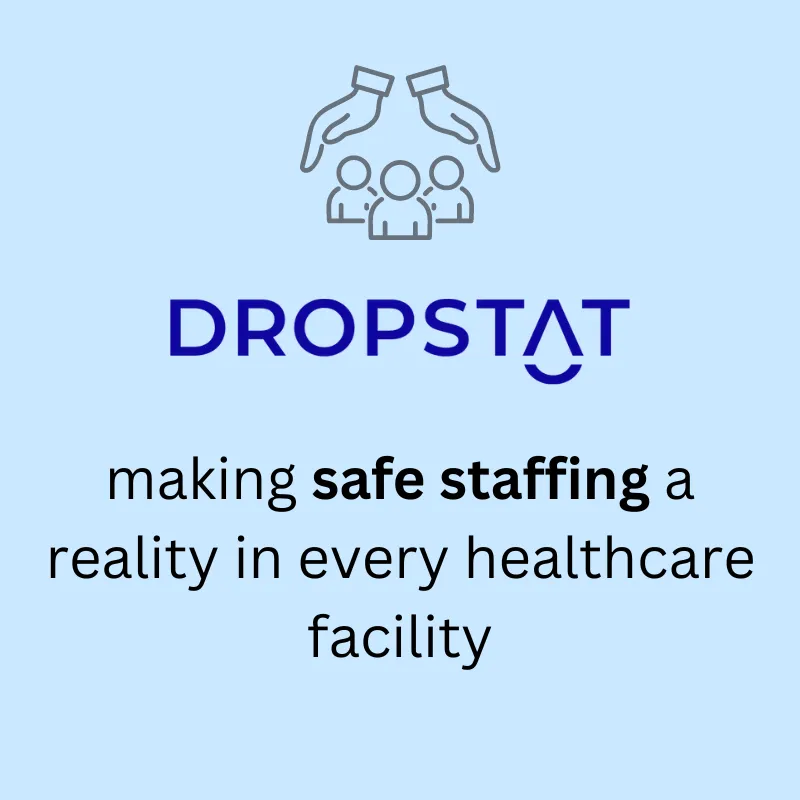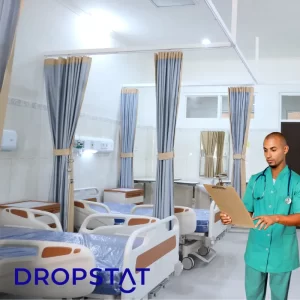One-third of hospitals have been operating on negative margins over the last two years. PINC found that in the 2022 tax year, Medicare payments to hospitals rose by 2.4%, but hospital labor cost rates rose by 6.5%. Data from Kaufman Hall shows that during 2020-2021 hospital expenses rose by 11% compared to pre-COVID-19 rates in 2019.
What is healthcare inflation?
Healthcare inflation refers to the rate at which healthcare costs increase over time, alongside a decrease in purchasing power, meaning that each dollar buys less healthcare. Inflation can be measured in a number of ways, including the Consumer Price Index (CPI), the Medical Care CPI, and the Personal Health Care Expenditures (PHCE) price index. Healthcare inflation rates are typically higher than general inflation rates as medical costs continue to rise.
What are the main causes of healthcare inflation?
There are several factors that contribute to healthcare inflation. These include:
- Advances in medical technology and pharmaceuticals
As medical technology and pharmaceuticals continue to advance, the costs associated with these developments increase. New treatments and drugs are often more expensive than previous options, driving up healthcare costs.
- Increased demand for healthcare services
As the population ages and chronic conditions become more prevalent, the demand for healthcare services increases. Healthcare facility costs rise as pressure to provide services increases.
- Growth in administrative costs
The administrative costs associated with running a healthcare facility have also increased over time. This includes expenses related to billing, diagnosis coding, and compliance.

- A dramatic increase in labor costs
ANM Healthcare revealed in 2021 that 95% of surveyed healthcare facilities reported hiring staff from healthcare staffing agencies. While in 2019, in the median, hospitals’ expenditure for contact travel nurses was 4.7% of the total nurse workforce expenses. By 2022, contract agency nurse costs comprised 38.6% of workforce expenses as the median.
Labor costs, including wages and benefits for healthcare professionals, have also been on the rise following nursing shortages. Clinical labor costs could rise by 6-10% by mid-2025. Statisticians believe that even when inflation reaches a plateau in 2025, labor costs will not recede, as inflated wage amounts will have become the norm.
5. The rise of non-labor costs
Non-labor costs, including medical equipment and supplies, especially personal protective equipment (PPE), are seeing an increase in cost. When there are supply-chain difficulties, medical supplies are delayed or missing, which leads directly to wild price increases in medical supplies. Statisticians expect nonlabor costs to increase by $110 billion by 2027.
What is the annual rate of healthcare inflation?
The healthcare inflation rate varies from year to year, but it has consistently outpaced general inflation rates in the rest of the U.S. since the 1960s, when healthcare costs began to rise. From 2000 until now, healthcare expenses (healthcare services, drugs, and equipment) have seen a 115% increase. However, during the same period, general inflation (consumer goods and services) only rose by 78.2%.
The Bureau of Labor Statistics provides that the healthcare inflation rate (annual) in 2021 was 1.9%, compared to a general inflation rate of 2.6%. In 2020, the healthcare inflation rate was 4.1%, while the general inflation rate was 1.2%. Over the past decade, the healthcare inflation rate has averaged around 3.6%. Currently, the US Health Care rate of inflation seems to be on the decline, with the latest figure at 2.34% for healthcare inflation, while general inflation is 5.50%. (These figures are unusual, says KFF, since healthcare usually outpaces general inflation.)

How is inflation affecting healthcare leaders?
Healthcare inflation has a significant impact on decisions that people in healthcare leadership positions must make. As of April 2022, the AHA Cost of Caring report expects that the healthcare system will continue to face dire financial challenges. These expenses are specifically in the areas of worker recruitment and retention, disruptions in the supply of medicines and medical supplies, and inflated expenses. The main categories of inflated hospital expenses are:
Excessive labor costs
Labor costs are a significant expense for healthcare facilities. Even before COVID-19, the cost of nurse turnover and recruitment, benefits, and incentives made up more than 50% of hospitals’ total expenses. With healthcare inflation, the cost of hiring and retaining skilled healthcare professionals has increased. Healthcare leaders must try to find ways to reduce labor costs while not compromising the quality of care.
Rising prices of medical supplies
The prices of medical supplies and equipment, such as medications, medical devices, diagnostic tools, and especially PPE, have also increased with healthcare inflation. This puts pressure on healthcare leaders to find ways to manage costs and maintain the availability of necessary medical supplies nonetheless.
Reduced revenue
Healthcare inflation has also led to reduced revenue for healthcare facilities. This may be due to increased expenses as well as decreased reimbursement rates from insurance companies and government programs, which are also struggling to maintain their profit margin. This can put pressure on healthcare leaders to find ways to improve revenue, such as by increasing patient volume or negotiating better reimbursement rates.
Increased competition
As healthcare costs continue to rise, patients may become more price-sensitive and seek out lower-cost options. This puts pressure on healthcare leaders to find ways to remain competitive while maintaining the quality of care.
Regulatory pressures
Healthcare leaders are also subject to regulatory pressures related to healthcare inflation. This may include complying with regulations related to billing and diagnosis coding, compliance, and transparency in pricing.

What is the impact of healthcare inflation on patient care?
The high rate of inflation in healthcare is causing prices for medical care services to rise for patients. Here are several ways patients are getting affected:
- Less affordable healthcare services: As healthcare costs increase due to inflation, many patients may struggle to afford necessary medical care. Patients have tended to delay seeking care, forego necessary treatments, or cannot afford prescribed medications. These can lead to worsening health outcomes for patients.
- Reduced access to healthcare services: Healthcare inflation can also affect access to healthcare services, particularly for vulnerable populations who may not have insurance or have limited coverage. This may lead to reduced access to preventative care, routine check-ups, and screenings, which can result in undiagnosed conditions and poorer health outcomes.
- Decreased quality of care: Healthcare facilities may need to cut costs to manage the impact of healthcare inflation, which can result in reductions in the quality of care provided. This may include reducing staffing levels, delaying equipment upgrades, or limiting access to certain treatments. For example, a Mckinsey survey in healthcare found that more than 25% of the executives surveyed believed they would probably have to reduce their staff by at least 10% by March 2024.
- Disparities in healthcare: Healthcare inflation can exacerbate existing disparities in healthcare, particularly for low-income populations and marginalized communities. These populations may already face barriers to accessing healthcare, and healthcare inflation may make it even more challenging for them to afford necessary care.
- The financial burden on patients: Patients may also face significant financial burdens due to healthcare inflation. Even with insurance, out-of-pocket costs can be substantial, particularly for patients with chronic conditions or those requiring long-term care.
What are the solutions to healthcare inflation?
Here are some useful tips for healthcare CEOs to combat inflation:
Improve efficiency and reduce waste
Healthcare organizations can identify areas of inefficiency and waste and implement cost-cutting measures. Some ideas for improving efficiency are to streamline administrative processes, negotiate better prices for medical supplies and equipment, and reduce less necessary testing and treatments.
Embrace value-based care
Healthcare organizations can shift towards value-based care, which prioritizes quality outcomes over the volume of services provided. This can help reduce costs while maintaining or improving patient outcome statistics.

Explore alternative payment models
Healthcare organizations can explore alternative payment models, such as bundled payments. In bundled payments, healthcare providers are paid a single fee for an entire episode of care, encouraging collaboration with the additional benefit of reducing unnecessary services.
Invest in technology
Healthcare organizations should continuously invest in technology to improve efficiency, reduce costs, and improve patient outcomes. For instance, implementing electronic health records (EHRs) can help streamline administrative processes while reducing medical errors and improving care coordination.
Focus on preventative care
Healthcare organizations can prioritize preventative care to reduce the need for costly interventions down the line. This can include offering preventative screenings, promoting healthy lifestyle choices, and managing chronic conditions proactively.
Collaborate with other organizations
Healthcare organizations can collaborate with other organizations to reduce costs and improve efficiency. This can include partnering with other healthcare providers, sharing resources, and leveraging group purchasing power to negotiate better prices for medical supplies and equipment.
How Dropstat can help your facility stay ahead of healthcare inflation
Dropstat is an AI-powered scheduling app built for healthcare facilities. Dropstat helps healthcare facility CEOs fill shifts efficiently with their own permanent staff while complying with safe staffing requirements. Dropstat’s scheduling system helps reduce the exorbitant costs generated by using expensive agency staff, overtime, and bonuses with effective scheduling. Read about a multi-location facility that saved almost $200K in overtime expenses and bonuses through using Dropstat.
Schedule a demo today to see how your facility can budget effectively and save money in labor costs in spite of healthcare inflation by using Dropstat for staff scheduling to protect your facility’s operating margin.







